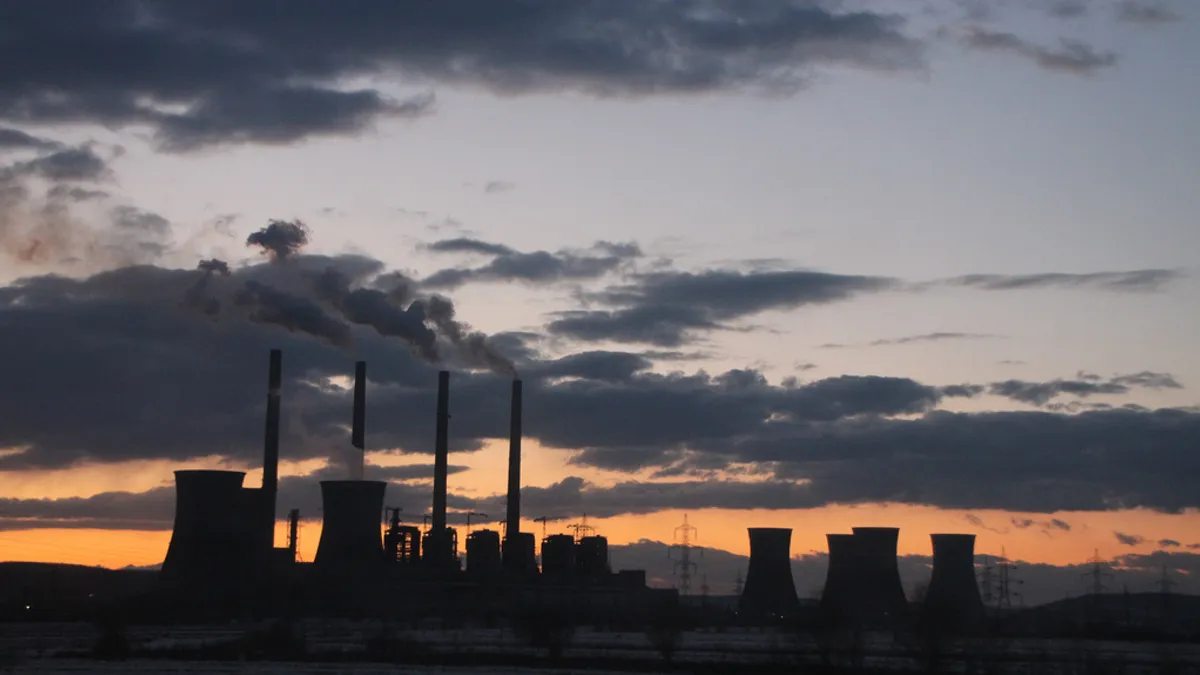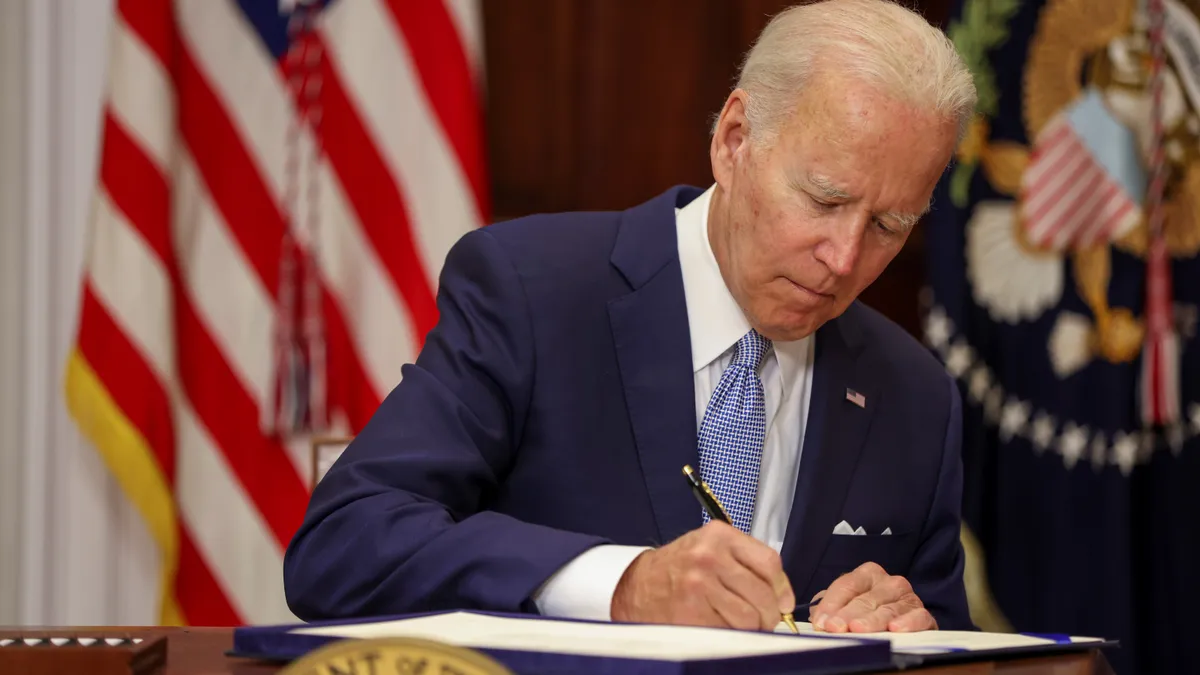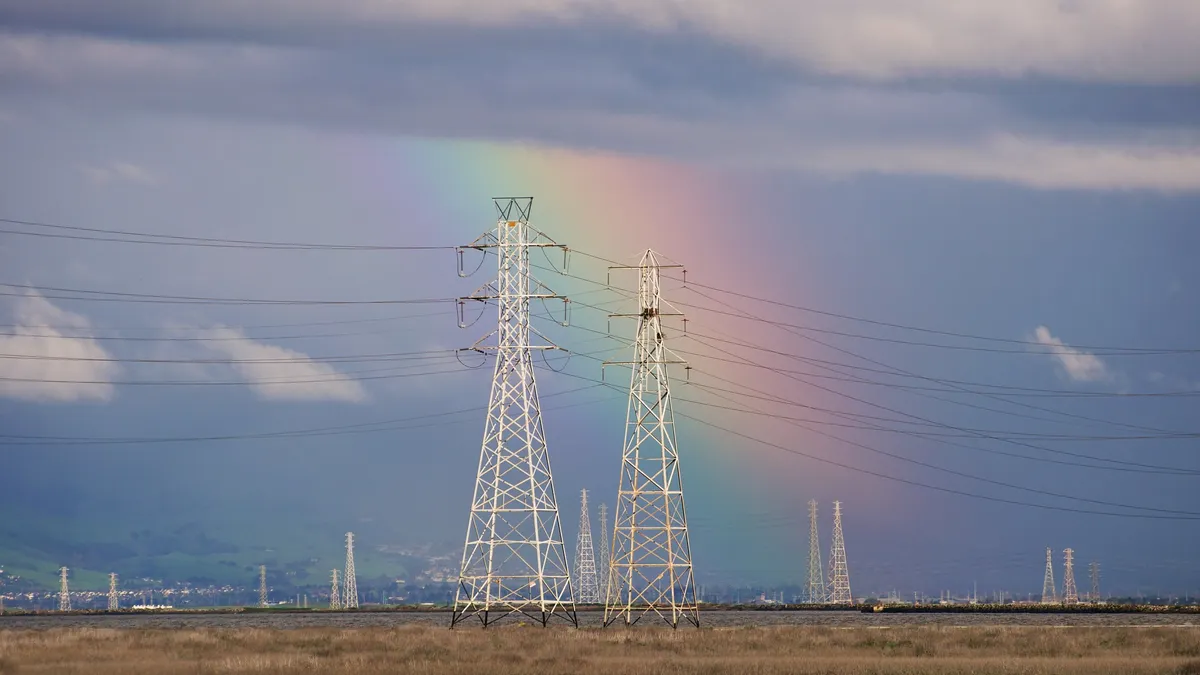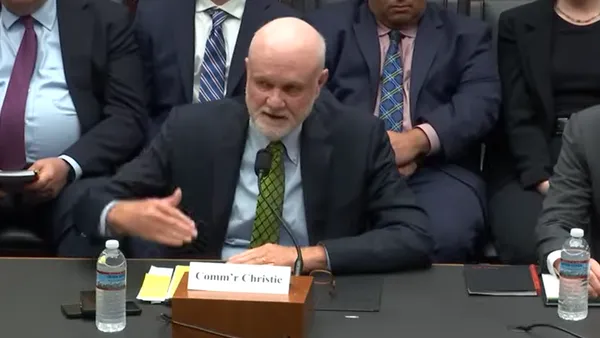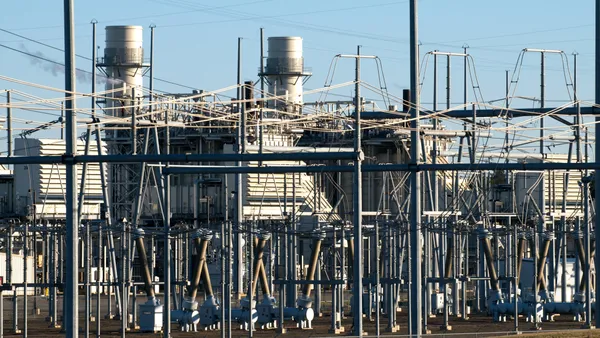Dive Brief:
- American Electric Power (AEP) has filed with Federal Energy Regulatory Commission, entreating the federal agency to leave decisions over Ohio's power supply to the state, and arguing that the state is doing a thorough review of its proposals.
- AEP, along with FirstEnergy in another proceeding, wants the Public Utilities Commission of Ohio to ink power purchase agreement that would guarantee income for an array of struggling plants, most of them coal-fired.
- Generators Dynegy and NRG Energy have appealed to federal regulators to rescind a waiver that allows both AEP and FirstEnergy to engage in affiliate power transactions, and have each proposed to instead supply their own power to Ohio consumers along with passing on billions in savings.
Dive Insight:
AEP is pressing FERC to remain on the sidelines of a controversial Ohio proceeding, arguing that the agency does not have authority to intervene in its power reliability plan, and that Ohio regulators are already delving deep into the issues.
"There is no reason for the Commission to convene its own hearing to interrupt and second guess the PUCO’s review," AEP said in a filing with the federal commission this week.
While FirstEnergy didn't file with FERC, a spokesman told Bloomberg that “We do not believe that any additional permissions from FERC are required."
AEP last year reached a settlement calling for eight-year power purchase agreements covering 2,671 MW from nine AEP generating units — Unit 1 at the Cardinal coal plant, Units 4-6 at the Conesville plant, Units 1-4 at the Stuart plant and Unit 1 at Zimmer. The PPAs would also cover the utility's 423 MW contractual share of Ohio Valley Electric Corp. generation.
First Energy is pushing to keep two power plants operating – the Davis-Besse Nuclear Power Station in Oak Harbor and the W.H. Sammis coal-fired plant in Stratton – and has also proposed eight-year contracts.
Nuclear generator Exelon said last month it believed it could sell 3,000 MW of carbon-free generation into the state –$2 billion cheaper than FirstEnergy's proposal — despite not owning any instate generation resources.
But Dynegy and NRG have intervened, saying with Dynegy saying it can provide the power cheaper – to the tune of billions in savings. Last month, they asked FERC to void a waiver allowing the proposals. But AEP has fired back, telling the commission that the generators are "wrong in contending that the Proposed PPA might evade meaningful review absent Commission action."
And AEP said Dynergy and NRG are ignoring the fact that Ohio regulators are "conducting the very type of review that the commission would undertake."
AEP also said FERC has confronted this same question before, in a prior case involving an Ohio utility, "and held that retail customers in Ohio have the legal right under state law to choose alternative power suppliers, and thus are not captive customers regardless of whether the PUCO approves a non-bypassable charge."



